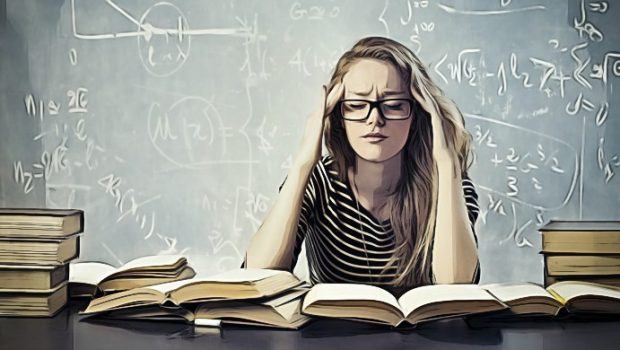
Stress can be caused by pressure at work, in relationship and different aspects of life. People with stress can reduce health and get some disorders in mind. As treatments for stress, stress reduction techniques are helpful to eliminate stress, anxiety and depression. The following are the most effective stress reduction techniques, tips and benefits. Check out all of these tips and techniques on VKool site and control your stress for good.
Stress Reduction Techniques, Tips And Benefits – Top 6 Tips
I. Types Of Stress Reduction Techniques

Stress reduction techniques or relaxation techniques in general involve attention on calmness, peacefulness, awareness of the mind and the balance between mind and body as well as physical health and mental health.
There are 3 main types of stress reduction techniques, including autogenic relaxation, progressive muscle relaxation and visualization.
1. Autogenic Relaxation
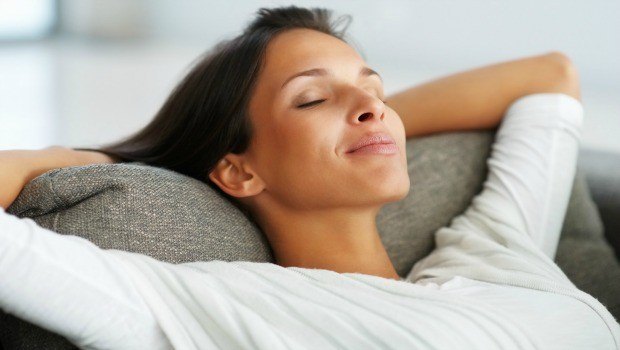
This relaxation comes from your inner mind. In this stress reduction technique, you practice both your body and visual imagery awareness to relieve stress.
You repeat suggestions in the mind to reduce muscle tension and relax. For instance, you imagine a peaceful place and focus on relaxing breathing, slowing down your heart rate and feeling different sensations by relaxing each leg and arm one by one.
2. Progressive Muscle Relaxation
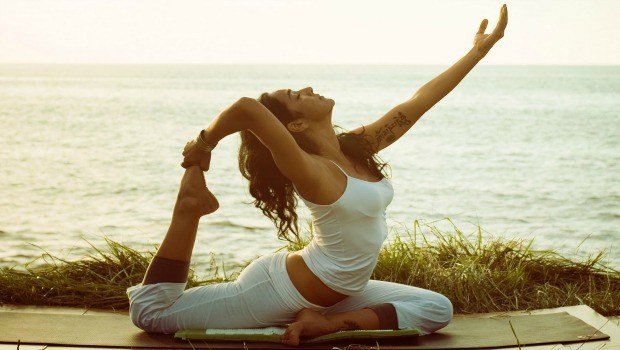
With this stress control technique, you will focus on tensing slowly and relaxing muscle groups. During this process, you will be more aware of each physical sensation.
Start by tensing all muscles in your toes. Then work your way up to the head and neck. On the other hand, you can start tensing the muscles with your head, next to neck and finally work down to the toes. Tense the muscles for 5 seconds and relax for about 30 seconds. Repeat this until you feel controlled.
3. Visualization

This method allows you to create mental images to have a visual journey to a calming and peaceful situation or place.
During the visualization, you engage your senses including sight, smell, touch and sound. For instance, you can visualize relaxing moments at the ocean, with smell of seawater, sound of waves, the warmth of the sun. Just close the eyes, sit in a quiet place and loosen your tight clothing.
Read: Inner mind body balance for health – top 15 tips revealed!
4. Other Stress Reduction Techniques
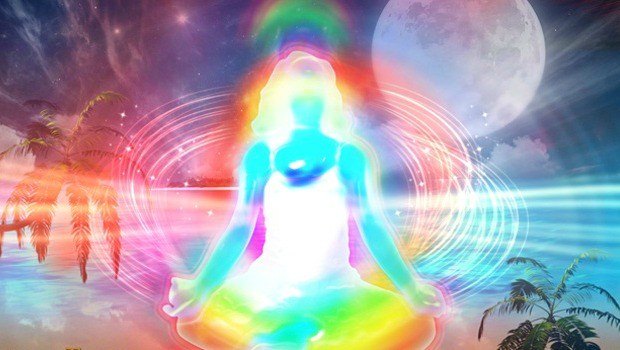
Beside the stress reduction techniques above, you can practice other relaxation techniques such as deep breathing, massage, hypnosis, Tai Chi, meditation, biofeedback, music & art therapy and yoga.
II. Stress Reduction Techniques And Tips
1. Breathing Meditation
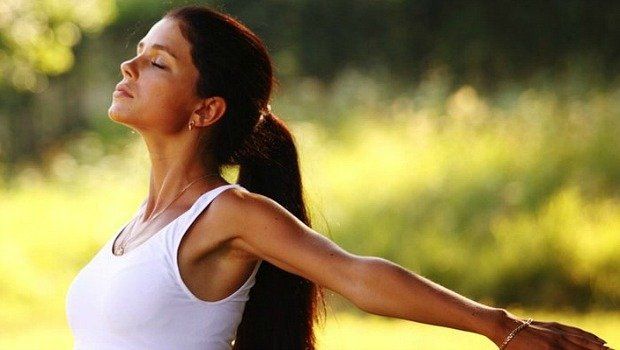
Deep breathing is a powerful stress reduction technique. It is easy for you to learn and you can practice this method anywhere at your own home or at work. Breathing meditation quickly help you control your stress and keep it in check. People can combine breathing meditation with other relaxing techniques and method such as music and aromatherapy.
The key to breathing meditation is to take deep breath from your abdomen and to get fresh air in your lungs. Sit with your back comfortably and keep your back straight. Put a hand on the chest and the other one on your stomach.
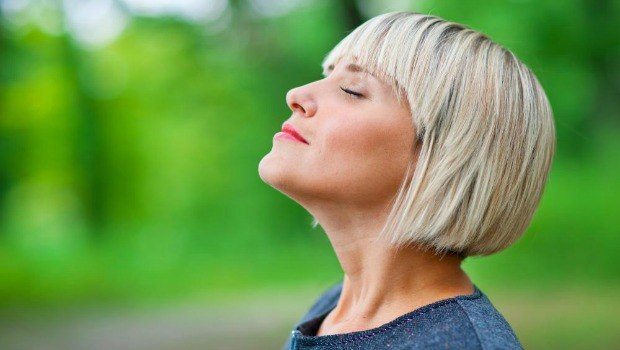
- Inhale through the nose. Raise your hand on the stomach area. The other hand on the chest moves very little.
- Next, breathe out through the mouth in order to push out air while you contract the abdominal muscles. Move the hand on your stomach move as you breathe in, but other hand move very little.
- Continue inhaling through the nose and exhaling through the mouth. Remember to inhale enough so that the lower abdomen can rise and fall. Repeat the process regularly and Count slowly when you breathe out.
Read on: How to relax your mind & body from anxiety & stress fast
2. Progressive Muscle Relaxation
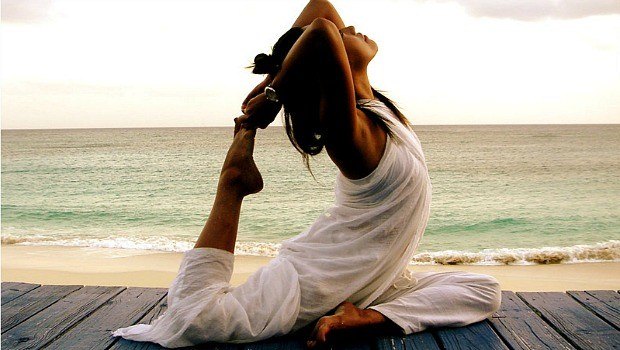
This method involves a 2-step process: tensing and relaxing muscle groups in your body systematically.
By practicing this method regularly, you will get the complete relaxation in different body parts. The awareness of muscle relaxation helps you accompany stress. As the body gets relaxed, thereby your mind will get relaxed, too. To achieve the best results of progressive muscle relaxation, you should combine this technique with deep breathing.
- Take off the shoes and loosen your clothes to get more comfortable
- Take a couple of minutes to breath in and breath out slowly
- When you are ready to do the steps, start with your right leg first
- Tense the muscle groups in the right food in slow
- Squeeze the foot tight for 10 seconds
- Relax the right foot and feel your loose and limp right foot
- Relax for a moment and keep breathing slowly and deeply
- When you are ready, repeat the steps to the left foot to get muscle relaxation
- Move up through the body slowly, relax all the muscles as you go
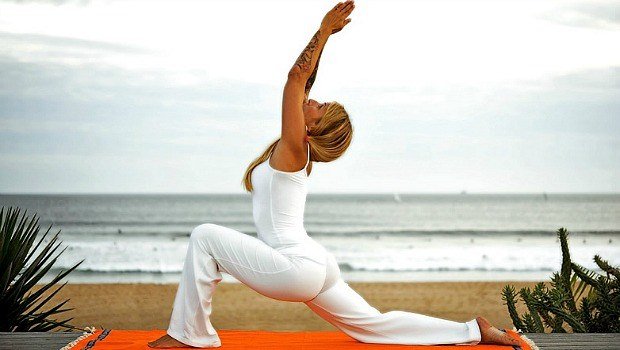
You can start with the right foot, then continue the muscle relaxation sequence as follows:
- Right foot
- Left foot
- Right calf
- Left calf
- Right thigh
- Left thigh
- Hips & buttocks
- Stomach
- Chest
- Back
- Right arm & hand
- Left arm & hand
- Neck & shoulders
- Face
No problem, if you’re left-handed, you can start with the left foot, instead.
3. Mindfulness Meditation
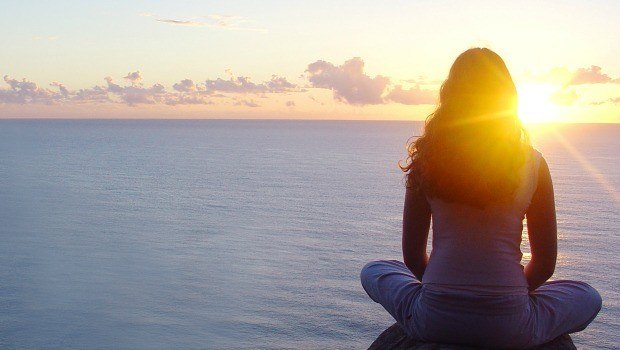
By controlling your mind you will control the way you are feeling both external and internal. Staying in a fear, thinking negatively, having depression, judging yourself, blaming yourself and worrying about your future can dead to stress. By changing your thoughts, increase mindfulness, you will calm down and have a balanced life.

The key points to master mindfulness meditation include a quiet environment, a comfortable position, a point of focus and a non-critical attitude.
- Choose a peaceful place in your room, garden, the place of worship in your house or outdoor where you can get rid of interruptions and distractions.
- Get comfortable. Avoid lying down because this position may make you fall asleep. The ideal position is to sit up straight on the floor or in a comfortable chair.
- You can mediate with closed or opened eyes. Choose to focus on a thing around you to enhance the focus.
Related article: 18 benefits of meditation & mindfulness
4. Visualization Meditation

Guided imagery or visualization is a variation among traditional meditations that help you use your visual senses, and others senses of touch, taste, sound and smell to visualize peace and achieve relaxation.
Choose whatever that helps you feel calm such as a tropical beach, a quiet wooded glen or a favorite childhood spot. Practice visualization in silence on your own. Besides, you can combine visualization meditation with soothing music.
Find a relaxed place. Sometimes you may fall asleep during the visualization, so try standing or sitting up.
Close your eyes and let all of your worries and anxiety drift away. Imagine that you are in a restful place. Picture it vividly.
See: 15 graphic visualization techniques and exercises
5. Yoga

Yoga includes a series of stationary and moving poses and they are combined with breathing techniques. By practicing yoga, you will reduce stress and anxiety while enhancing your balance, stamina, strength and flexibility.
There are specific types of yoga that focus on eliminating stress, including satyananda, power yoga and Hatha yoga.
- Satyananda is one of traditional forms of yoga. This yoga form features deep relaxation, meditation, gentle poses. It is suitable for beginners to do and relieve stress.
- Power yoga features intense poses. It focuses on fitness as well relaxation.
- Hatha yoga, like satyananda is a gentle way to eliminate stress and it is also considered yoga for beginners.
Read on: 54 simple Yoga exercises for women
6. Tai Chi

Tai Chi is a non-competitive series of flowing body movements that emphasize relaxation, concentration and conscious circulation of the vital energy in the body. In fact, Tai Chi was developed from martial arts. Today, Tai Chi is more popular in different cultures because of its powerful benefits for health and stress reduction.
Tai chi is a low-impact option for many people of different ages and different levels of fitness such as older people and people who are recovering from their injuries. Like Qi Gong or yoga, when you have learned the Tai Chi basics, you can practice the steps alone or do Tai Chi with others as you notice positive results.
III. The Benefits Of Stress Reduction Techniques
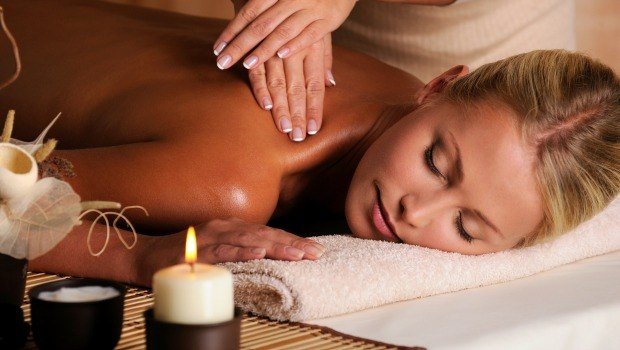
As you see there are different stress reduction techniques that help you get rid of stress, anxiety and balance your life. To have a full picture of these relaxation techniques and methods, let’s check out some typical benefits of them below!
Following stress reduction techniques can help you reduce stress by:
- Decreasing blood pressure
- Controlling heart rate
- Reducing stress hormones
- Lowering chronic pain and muscle tension
- Improving confidence
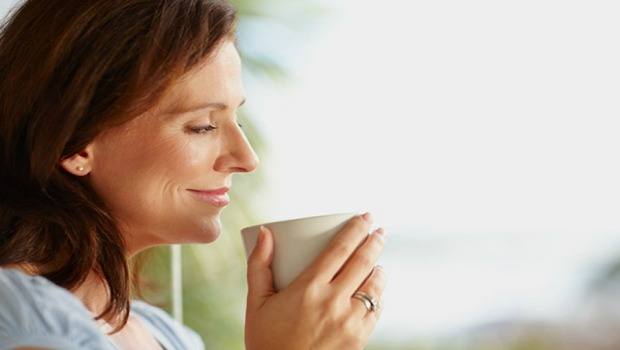
- Boosting mood and concentration
- Reducing fatigue
- Reducing your breathing rate
- Boosting blood flow to muscles
- Decreasing anger and frustration
To get the best benefits of stress reduction techniques, form your positive thoughts, find your humor, do exercise, manage time, get enough sleep, and reach out to your supportive friends and family.
Bottom line: Hope that these stress reduction techniques, tips and benefits can be helpful for you. Practice all these techniques in the right way to achieve the best result as possible. For any comment on this post, show it at the bottom of the page.
Want More Content Like This In Your Inbox?
- 10 Home Remedies For Sore Nipples During Pregnancy
- How to save electricity at home – 7 tips
- 43 Health Benefits Of Peppermint Oil Supplements
- 18 Tips To Study Better And Remember Easily In College
- Top 11 health benefits of oatmeal
- 13 Best Healthy Foods For Abs That You Should Not Skip
- Start Plan One Program Review – Will Ancore Digital’s Guide Work?
- Why is junk food bad for you? – 11 reasons


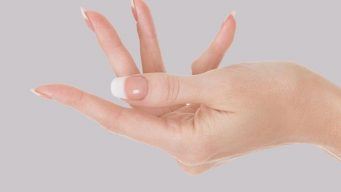



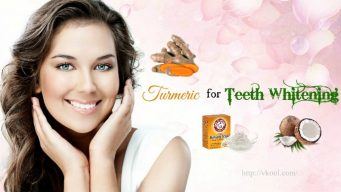
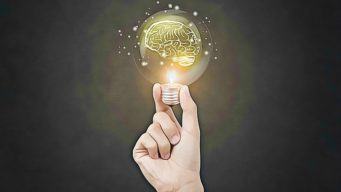


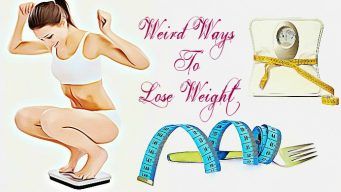
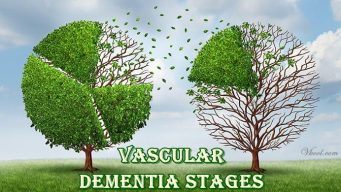

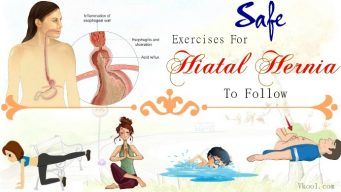

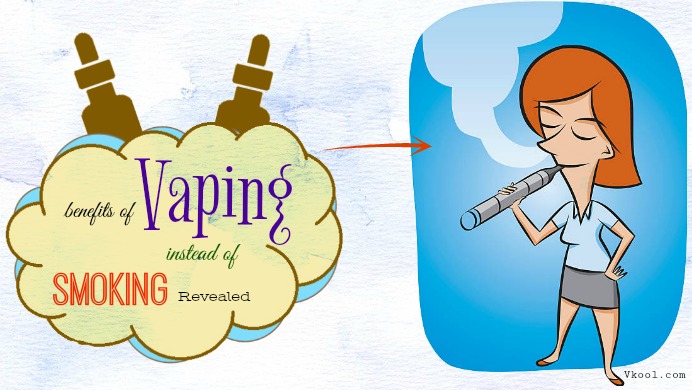

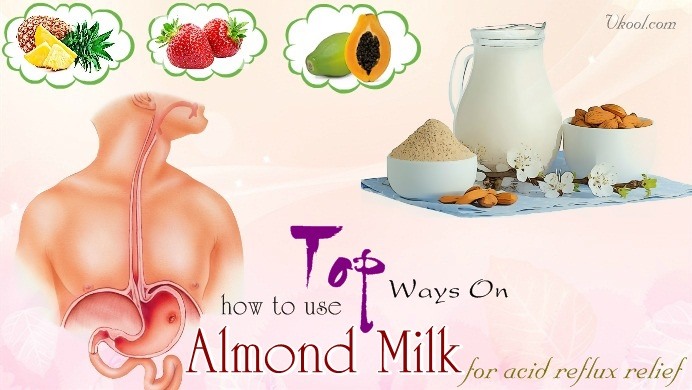

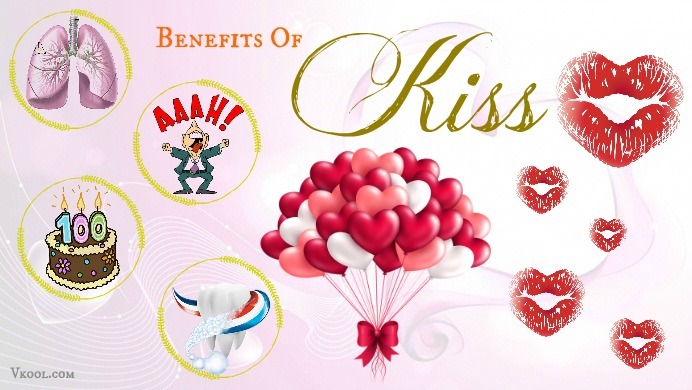
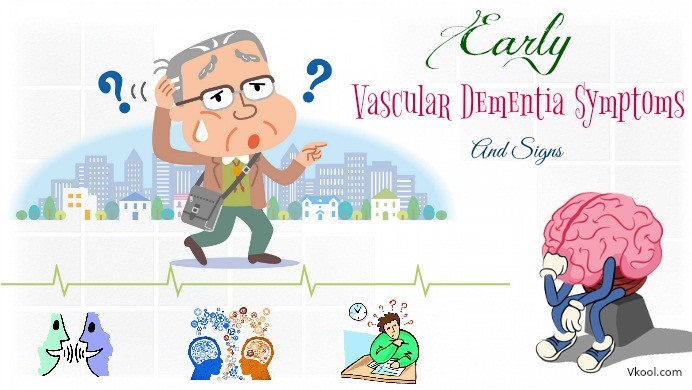

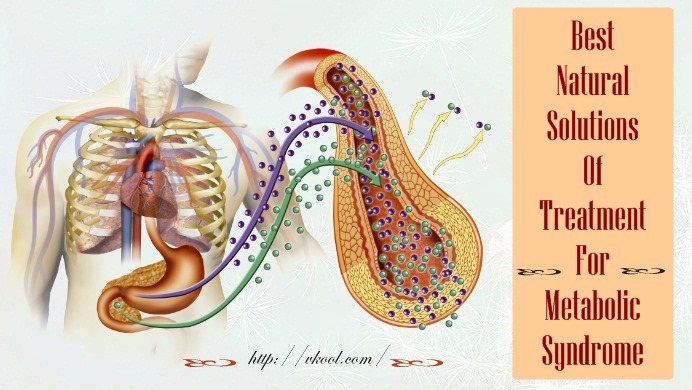 17 Best Natural Solutions Of Treatment For Metabolic Syndrome
17 Best Natural Solutions Of Treatment For Metabolic Syndrome  Top 9 Pool Exercises That Burn Fat Fast
Top 9 Pool Exercises That Burn Fat Fast  15 Healthy Easy Atkins Diet Recipes For Atkins Diet Followers
15 Healthy Easy Atkins Diet Recipes For Atkins Diet Followers  Why is junk food bad for you? – 11 reasons
Why is junk food bad for you? – 11 reasons 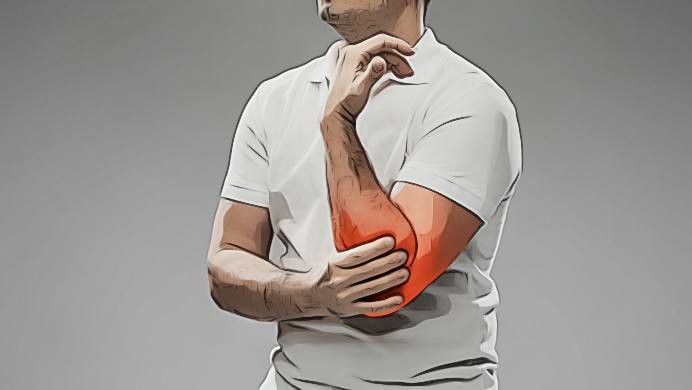 Fixing Elbow Pain System PDF Review – Does Jedd’s Cure Work?
Fixing Elbow Pain System PDF Review – Does Jedd’s Cure Work? 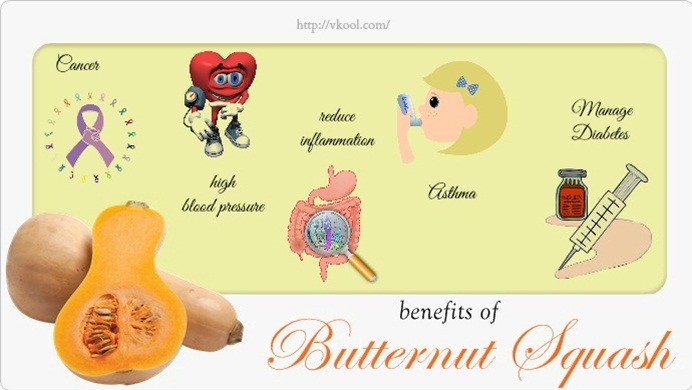 17 Benefits Of Butternut Squash For Skin, Hair, And Body
17 Benefits Of Butternut Squash For Skin, Hair, And Body 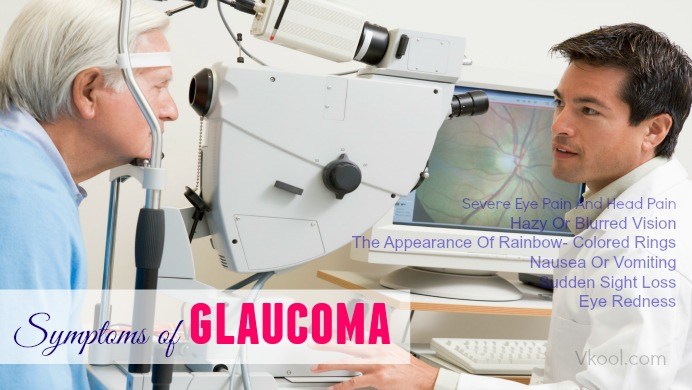 6 Main symptoms of glaucoma
6 Main symptoms of glaucoma 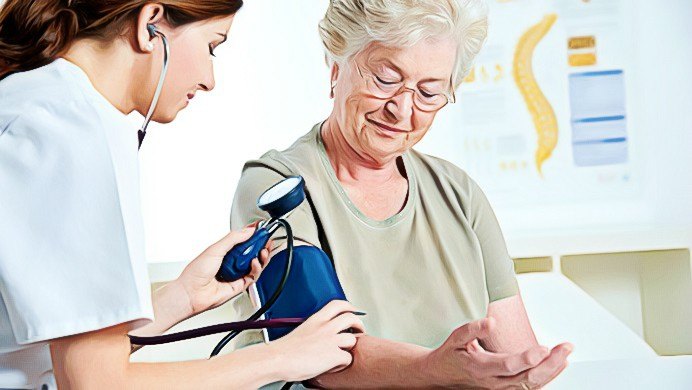 The High Blood Pressure Remedy Report Pdf Review
The High Blood Pressure Remedy Report Pdf Review 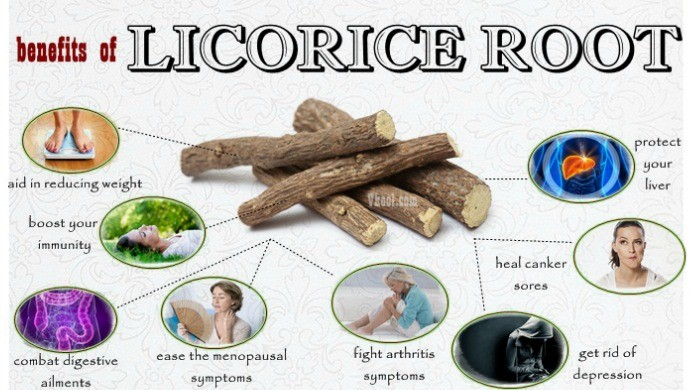 Top 10 Healthy Benefits Of Licorice Root
Top 10 Healthy Benefits Of Licorice Root  Curcumin2K Review (UPDATED 2024) – Is It Safe?
Curcumin2K Review (UPDATED 2024) – Is It Safe?